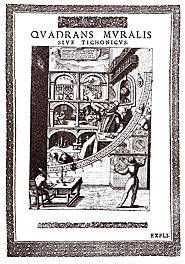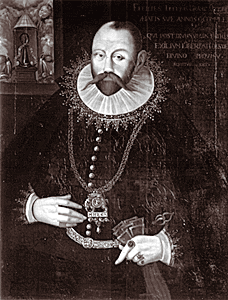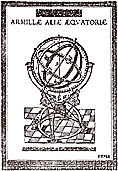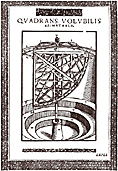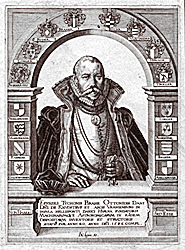
|
Tycho's grand and emphatic self-presentation may sit uneasily with the image of him offered in the picture by Ender, where he performs a more traditional courtly service before a patron whose attention is less than complete. By the time of this scene, Tycho had lost favour in Denmark and had been obliged to seek patronage elsewhere. Although Rudolph was keen to accommodate this prominent addition to his entourage, Tycho's situation was much more constrained than it had been on Hven.
Tycho, however, was careful to raise his work above such wordly concerns. Linking nobility with astronomy itself, he wrote in the Mechanica that: 'the person who cultivates divine Astronomy ought not to be influenced by ignorant judgements, but rather look upon them from his elevated position, considering the cultivation of his studies the most precious of all things, and remaining indifferent to the coarseness of others. And when statesmen or others bother him too much, then he should leave with his possessions.'
|
